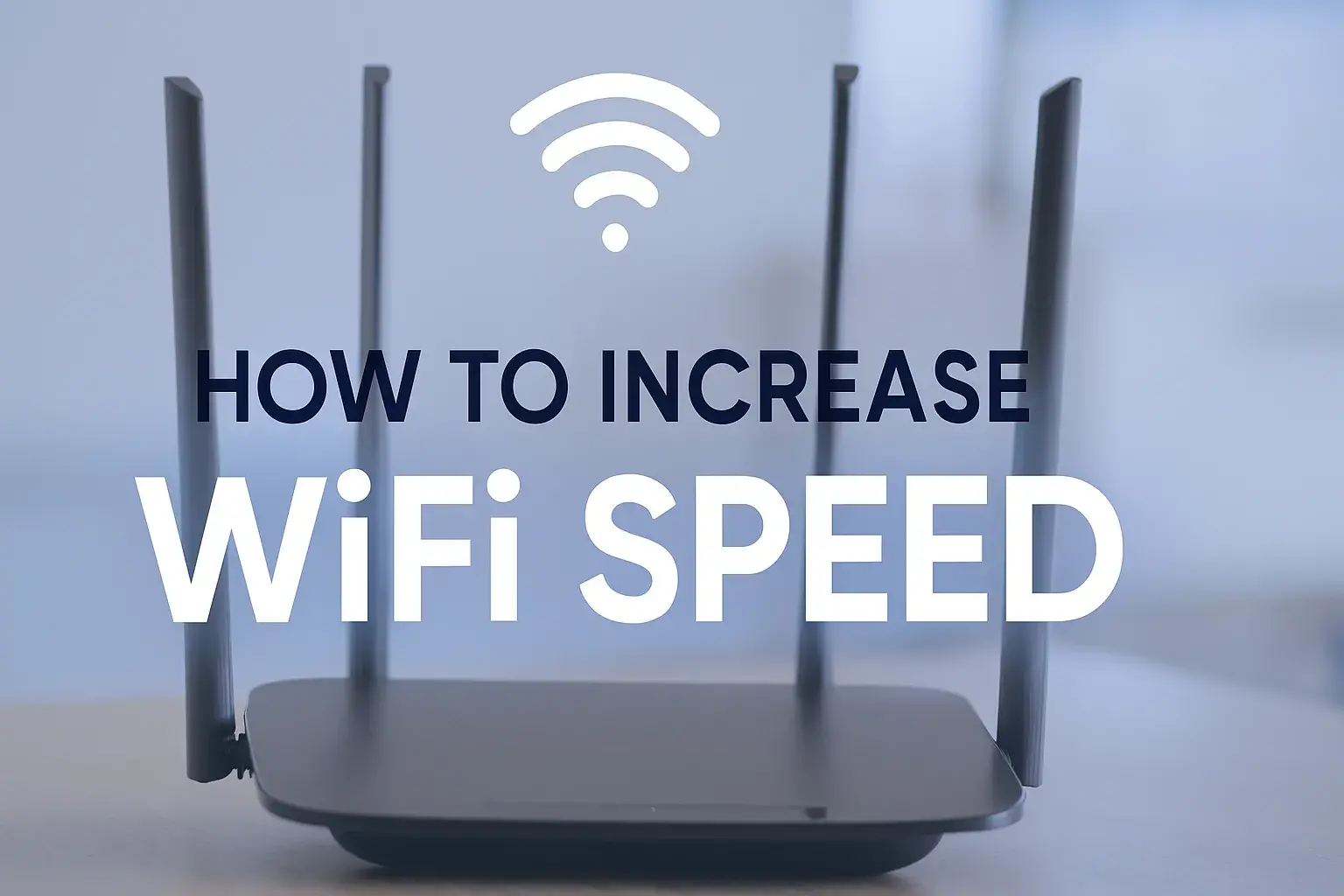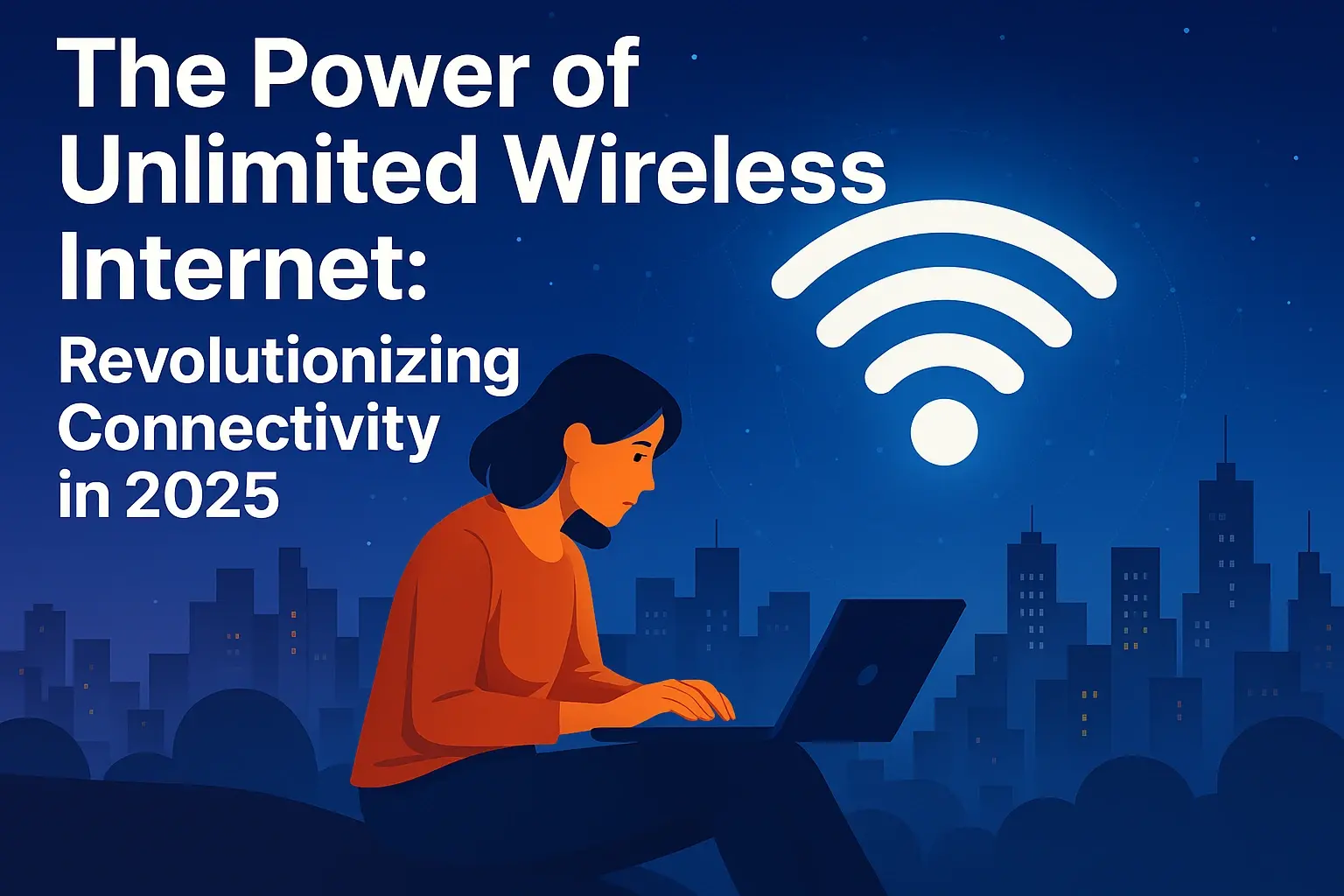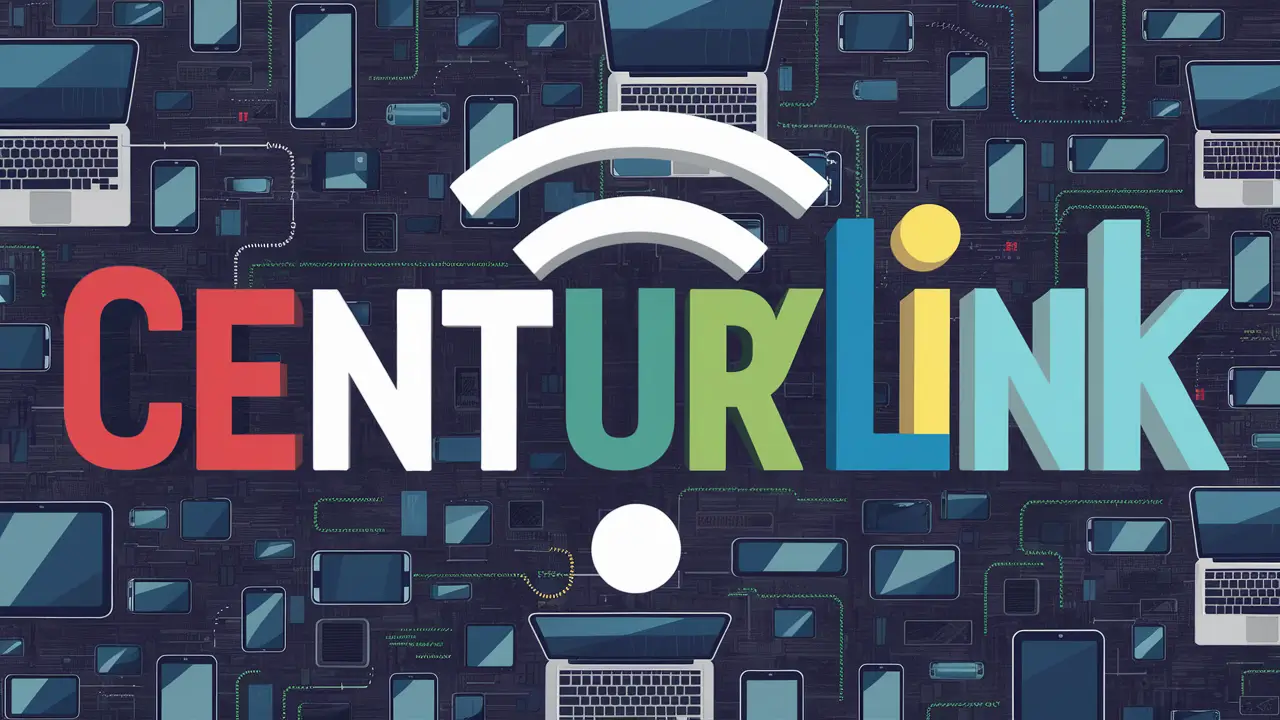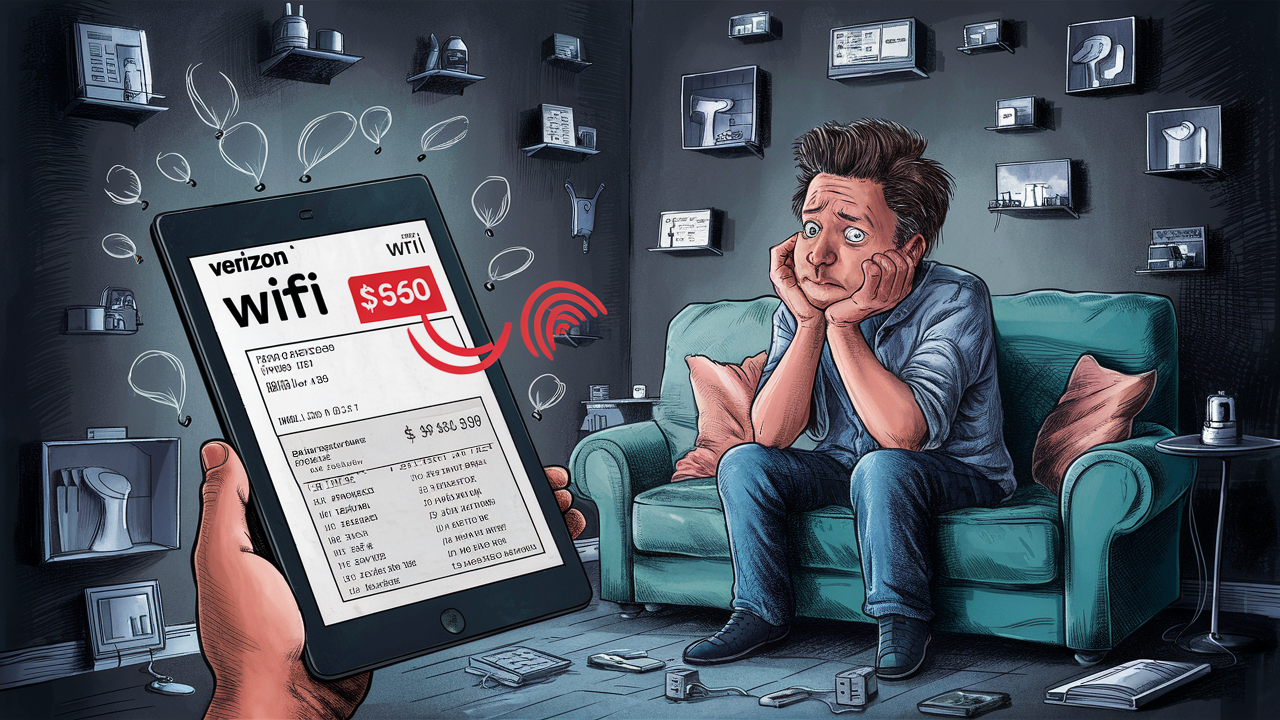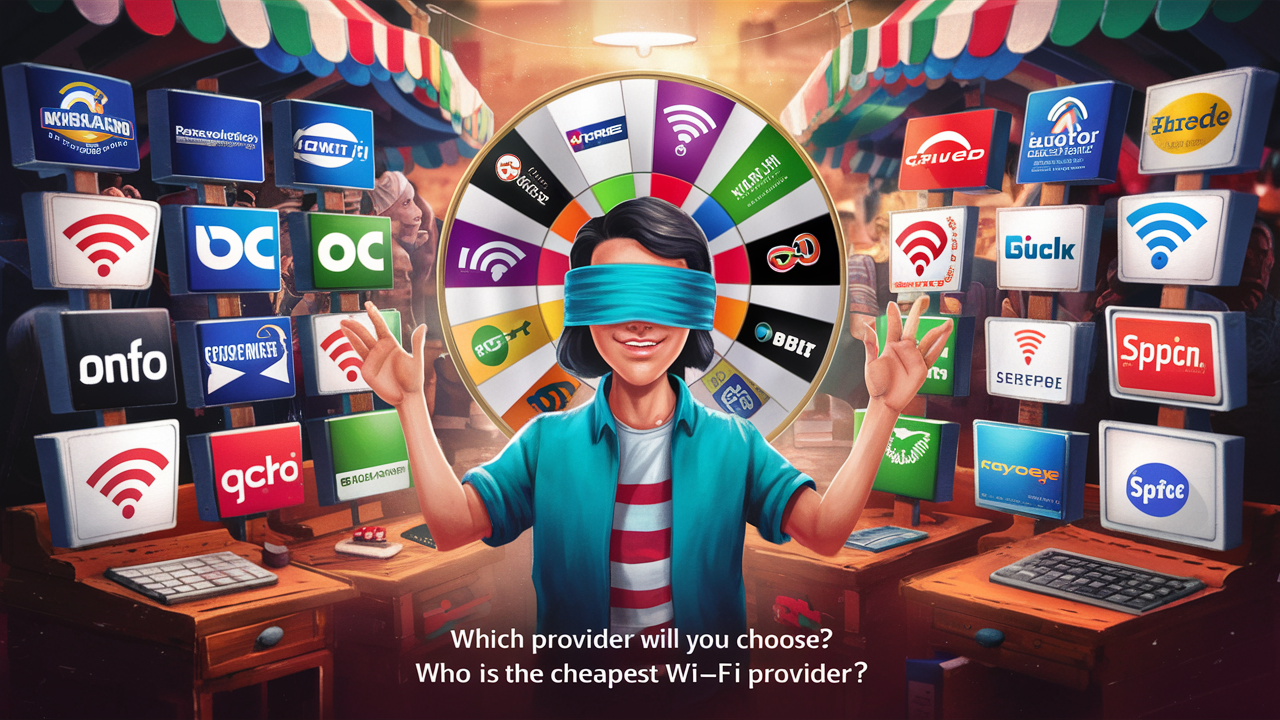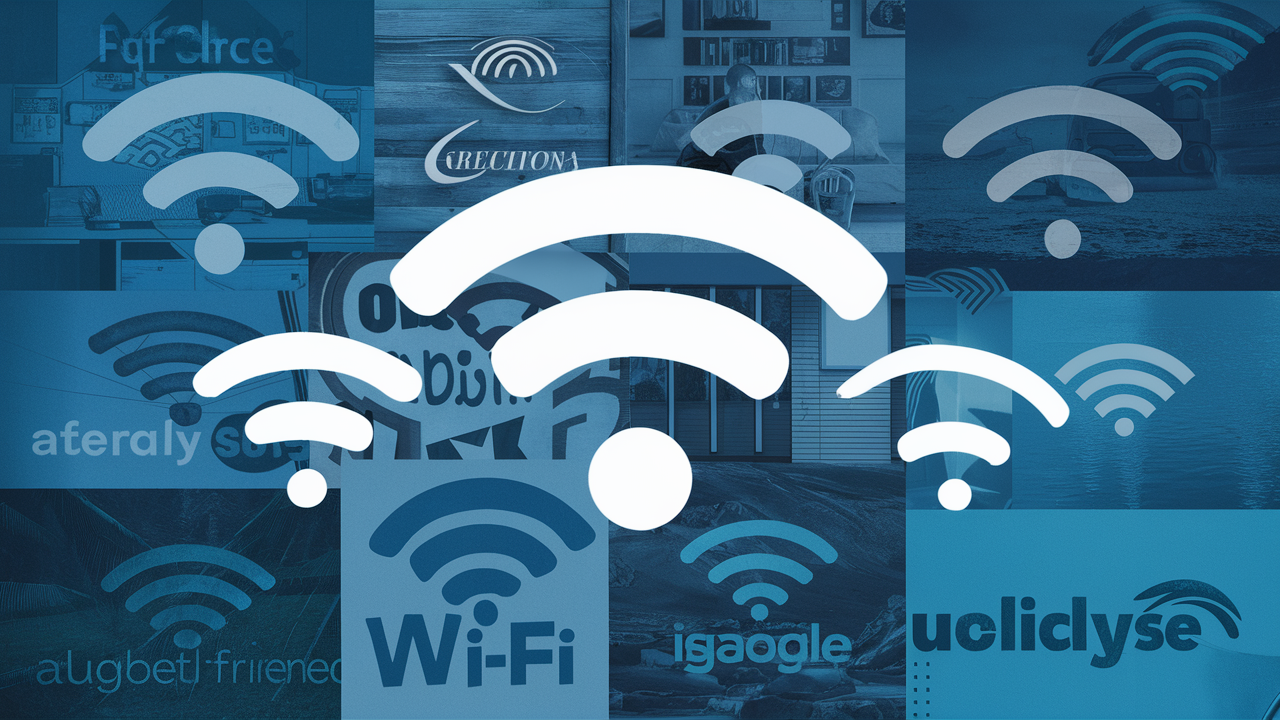What is good wifi speed?
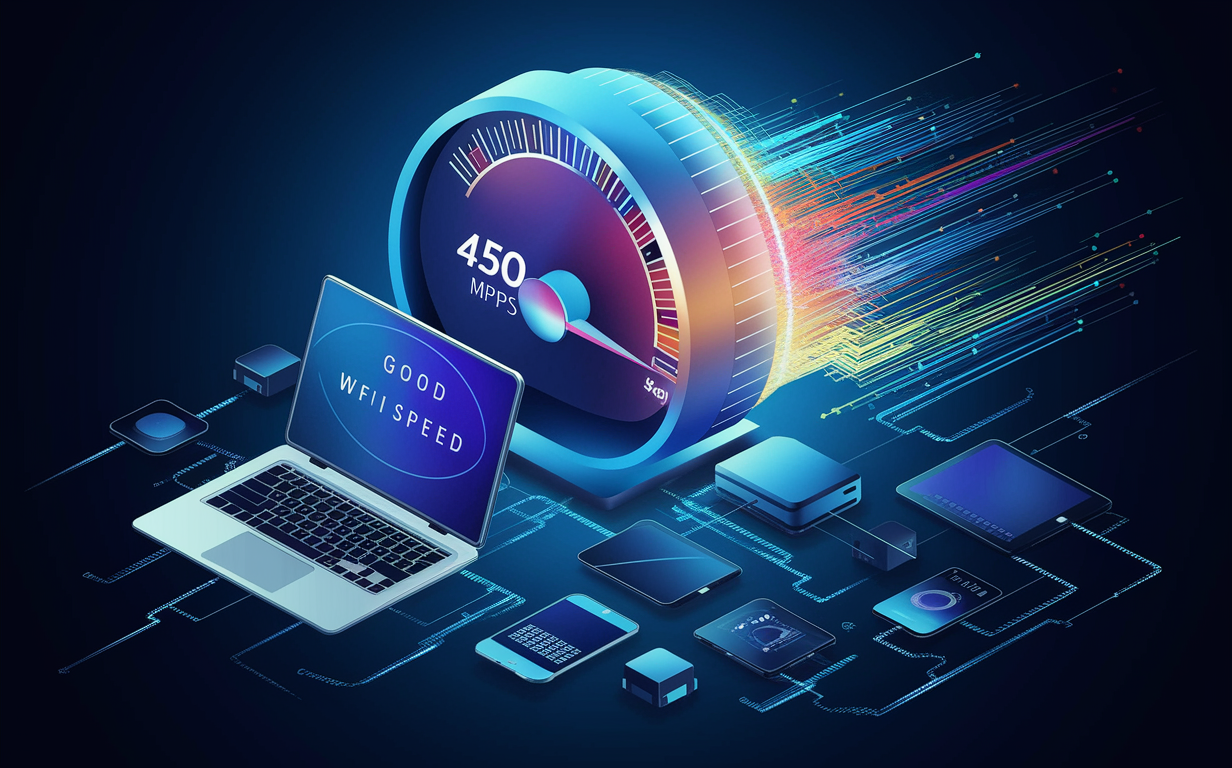
Free-of-charge Wi-Fi is usually much quicker than paid Wi-Fi it is good enough if you do not stream video clips or play games online.
When it comes to Wi-Fi, one might think that more is better especially if one is a power user. But what is the ‘good’ or ‘adequate’ Wi-Fi speed that any user availing the internet service always expects to receive? The answer depends on what you usually do via a home internet connection.
For downloading and uploading data, web browsing, and running email, the recommended download speed is at least 25 Mbps. This will enable one to conveniently run services like loading web pages, listening to music, reading articles on the social media platform, and reading news articles online. Especially if many individuals or gadgets are using the network at the same time, it is preferable to look for connection speeds of 50-100 Mbps.
If it is high-definition, or HD video streaming like Netflix, it would be best to have a faster connection. Netflix itself advises that an internet connection of a minimum of 5 Mbps is necessary for HD-quality streaming on a single device. However, with the modern increase in the resolution standards and the bandwidth demand of households, 25-50 Mbps is more plausible for good HD streaming.
For streaming videos in Ultra High Definition (UHD) 4K from services such as Netflix or YouTube, you should ideally aim to get a minimum speed of 25 Mbps, although having more than 50 Mbps gives you the ability to stream at this rate whilst other individuals use the connection for other activities. 4K video means that the connection needs to be faster, and as is the case with streaming quality and reliability, the better the connection, the better.
Those who engage in video calling through applications such as FaceTime and Skype require 3-5 Mbps. But more bandwidth cannot be obsolete - faster speed makes the video calls less lagged or pixelated.
In the case of online gaming, reliability or having a steady connection is important for high response rates. Bands of 10-25 Mbps are sufficient for playing games online with being able to play a game with competitors being smooth and fast with 50+ Mbps. High pings cause lags which are a menace to a player, hence good and constant speeds count a lot.
For instance, when downloading files that are large, the use of the internet makes it possible to reduce the time taken to a significantly small amount depending on the speed used. A good upstream speed of 50 Mbps is fine for ordinary downloading of files. But for very, very large downloads, 100 Mbps and above denotes that files get downloaded to your device faster.
With regards to smart homes with the Internet of Things such as smart speakers, locks, cameras, and appliances, 25 Mbps is relatively adequate for the basics to be met. However, these systems are bandwidth-intensive, which means that they require a large amount of data transfer capabilities to work efficiently. Consider specific aspects of Smart Home networks that need to be optimized for fast performance and reliable connection.
In many connected appliances within a house, many are those that require internet at the same time across the different family members, and as such the bandwidth accumulates. Internet speeds, even if they are as high as 25 Mbps may seem quite fine, but in reality, connection speeds can significantly drop if 5 or more devices are connected and actively using up bandwidth. Sustained speed for all these busy households is also desirable and in the 50–100+ Mbps plans, avoiding speed drops is crucial.
Of course, the internet speeds promised in the advertisement are rarely reflected practically. topics like signal strength, network traffic, and network providers’ intervention make the actual speeds to be lower than the maximum speeds. The usual rates that are advertised can be expected to be covered 40-50% of the time under optimal circumstances.
Interpreting Internet Speed Terms:
When evaluating internet plans, you’ll encounter a few key terms
Mbps (megabits per second): Transfer rate as well as the speed of information transfer. 25 Mbps enables the streaming and downloading of higher quality than the 10 Mbps.
Bandwidth: The sum of all potential wired communication throughput should the available connections be fully utilized. Higher bandwidth entails that more devices and traffic are enabled without speed downtimes.
Download speed: The move at which the data is transferred from the internet to the device. Affects the streaming quality of video and music, the clearness of video calls, and the faster downloading of files.
Upload speed: For value assign the rate at which data is transferred from your device to the internet. Especially in video calls, saving multiple copies of files online, sharing on social platforms, and playing online games.
Latency: Time taken from the time the request for data is made to the time it arrives over a network. Reducing latency helps to reduce lag and enhance real-time response, most relevant to video conferencing, gaming, and IoT devices.
Consistency: It is necessary to have a constant connection to the advertised Internet speeds without any up and down spikes across all the networks to ensure the stability and high quality of the outcomes of various activities.
Moreover, as we have already noted, 25 Mbps or higher can be considered quite suitable; however, the optimal Wi-Fi speed will largely depend on the intensity of Internet use in your household. This is because more devices combined with streaming, gaming, and 4K videos bring the minimum recommended speeds closer to 50-100 Mbps. Thus, by selecting the proper internet plan for your family you will be able to achieve the maximum effect both in terms of functional significance and cost efficiency..
Upgrade to faster, more reliable AT&T Fiber Internet today! Call us at +1 844-905-5002 and get connected with speeds that keep you ahead.
